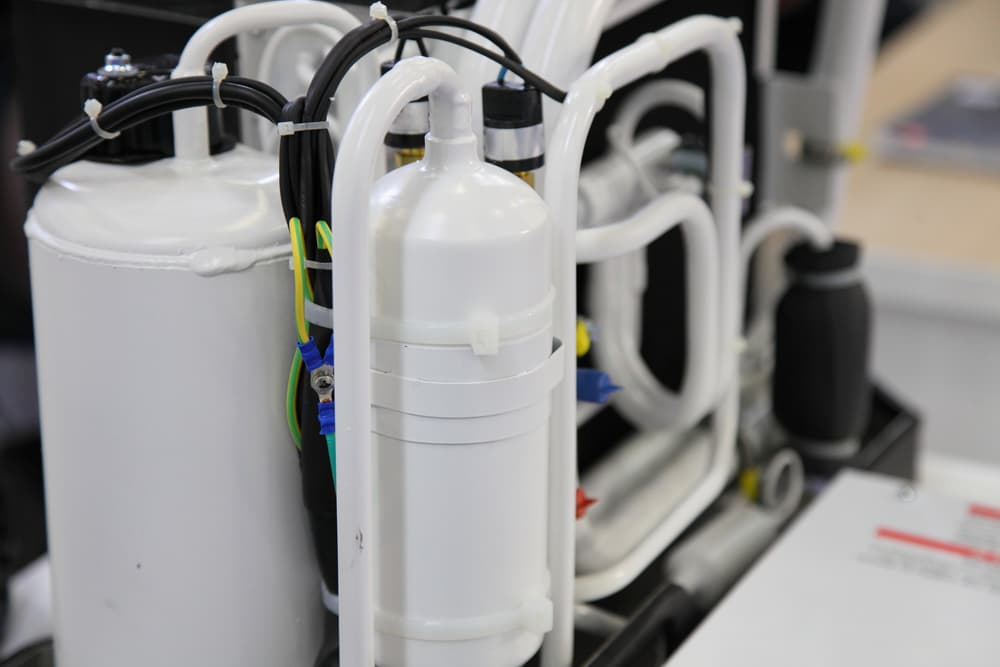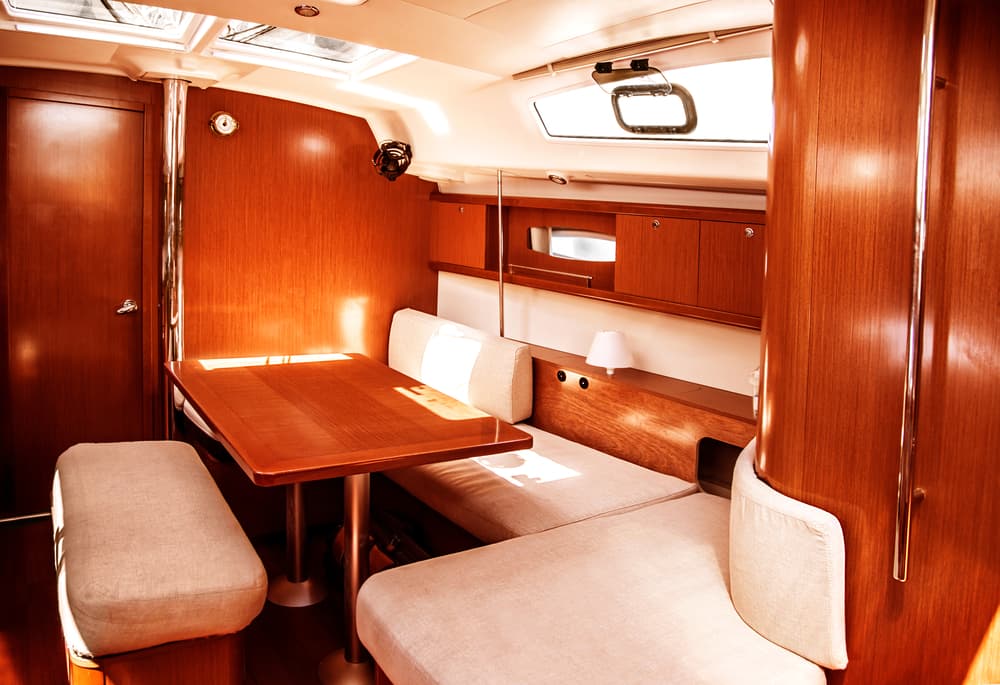If you spend many of your summer weekends enjoying some time on your boat, chances are that you rely on your boat’s AC unit to keep cool. If your marine air conditioning stops working, then the time on your boat will be anything but comfortable.
Providing your AC system with some maintenance is a crucial process that will identify and resolve common problems. In this blog, we will give you an insight into how you can provide maintenance to your air conditioner to keep it working properly.
Tips
As stated above, air conditioner maintenance is necessary for long journeys and summer weather. Before you start your maintenance procedure, remember to ensure the proper safety measures and refer to the manual to get informed about your unit. Now, here is how to give maintenance to your AC system:
Cleaning
Your boat’s AC system may become clogged with dirt and debris, decreasing its effectiveness. Cleaning the vents and filters should be your first step in troubleshooting. Filters that are clogged with debris limit airflow and may cause the evaporator coil to freeze. To keep the airflow right and avoid potential harm, frequently clean or replace filthy filters.
Check AC Pump
One crucial part that is in charge of moving the refrigerant around the system is the AC pump. Your AC won’t function properly if the pump is broken. Look around the pump for any leaks or odd noises. Make sure that the pump is powered and operating as intended. Getting a qualified specialist to conduct the repair is preferable if there is a problem with the pump.
Check the Airflow
If the vents are blowing out weak air, there may be a problem with the blower or the ductwork. Check the blower for any damage or blockages. Inspect the ducts as well for leaks or disconnections. Correct airflow is necessary for efficient cooling; therefore, take immediate action to fix these problems.

Check the Display for Error Codes
Modern boat AC systems often include digital screens that display error codes when something goes wrong. Look for any fault or warning messages on the display panel. These codes can give you important information about the nature of the issue and direct your attention towards the ideal resolution.
Check the Power
The problem could occasionally be as straightforward as a power issue. Check to make sure the AC system is powered and that all connections are safe. Check the fuses and circuit breakers if the system isn’t receiving power because they may need to be replaced or reset.
Check the Condensate
The condensate drain eliminates excess moisture from the air conditioning system. A clogged drain can cause water leakage and possibly even interior boat damage. Verify that any obstructions are removed and that the condensate drain is functioning properly.
Check the Refrigerant Level
The AC system’s ability to cool down can be affected by insufficient refrigerant. As managing refrigerants necessitates specific knowledge and equipment, it is recommended to get professional assistance if you suspect a refrigerant leak.
Check the Evaporator Coil
The AC system’s evaporator coil is responsible for cooling the air circulating through it. Evaporator coils that are filthy or frozen can prevent proper cooling. Look for ice accumulation or debris in the coil, and clean it if necessary.
The Top Marine Refrigeration Systems
An unreliable AC unit can rapidly transform your wonderful boating trip into an uncomfortable experience. You can find and fix typical problems with your boat’s AC system using the troubleshooting advice in this blog.
Cruise RO offers the top functioning boat air conditioning systems so you can have a pleasant time on your boat during long trips and hot climates. Contact us today and learn more about our services.




